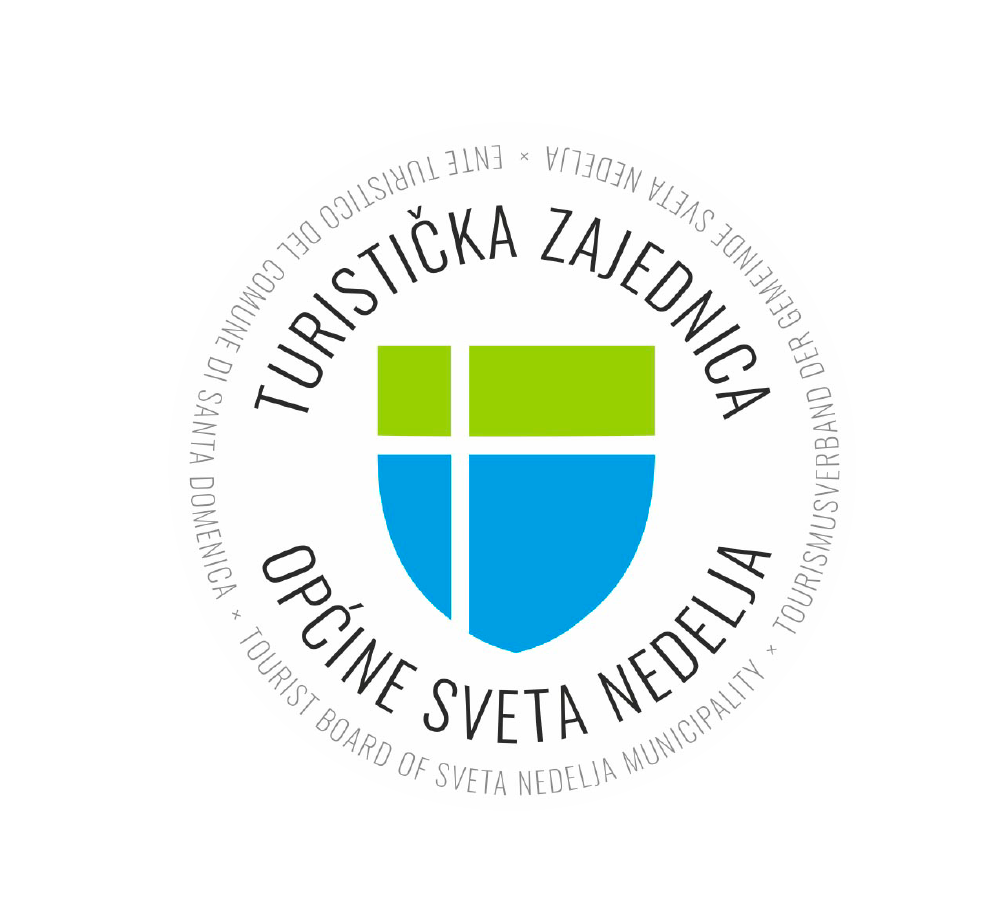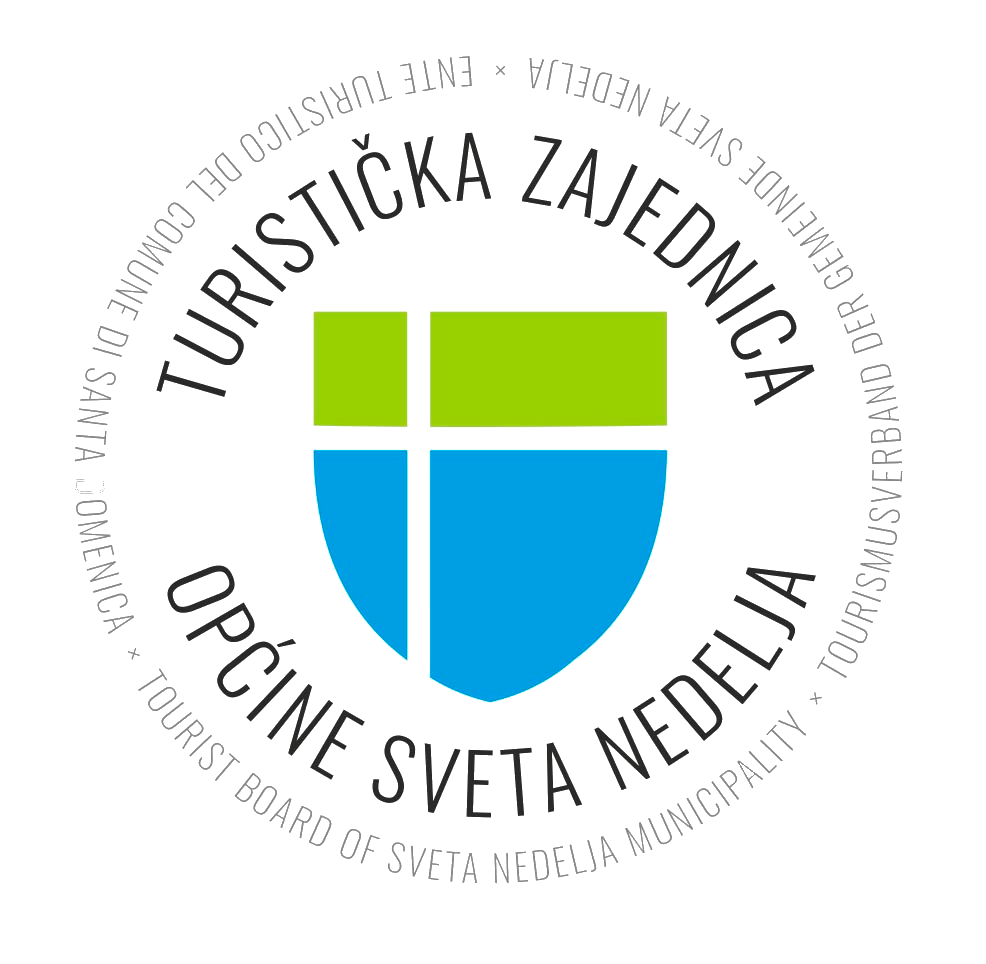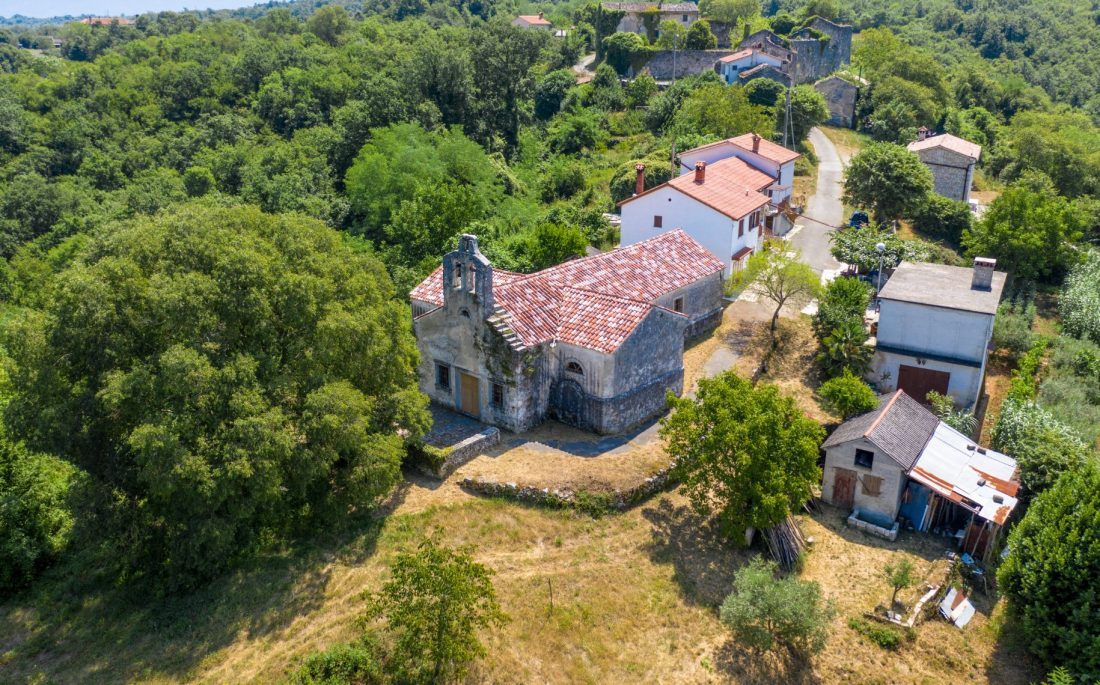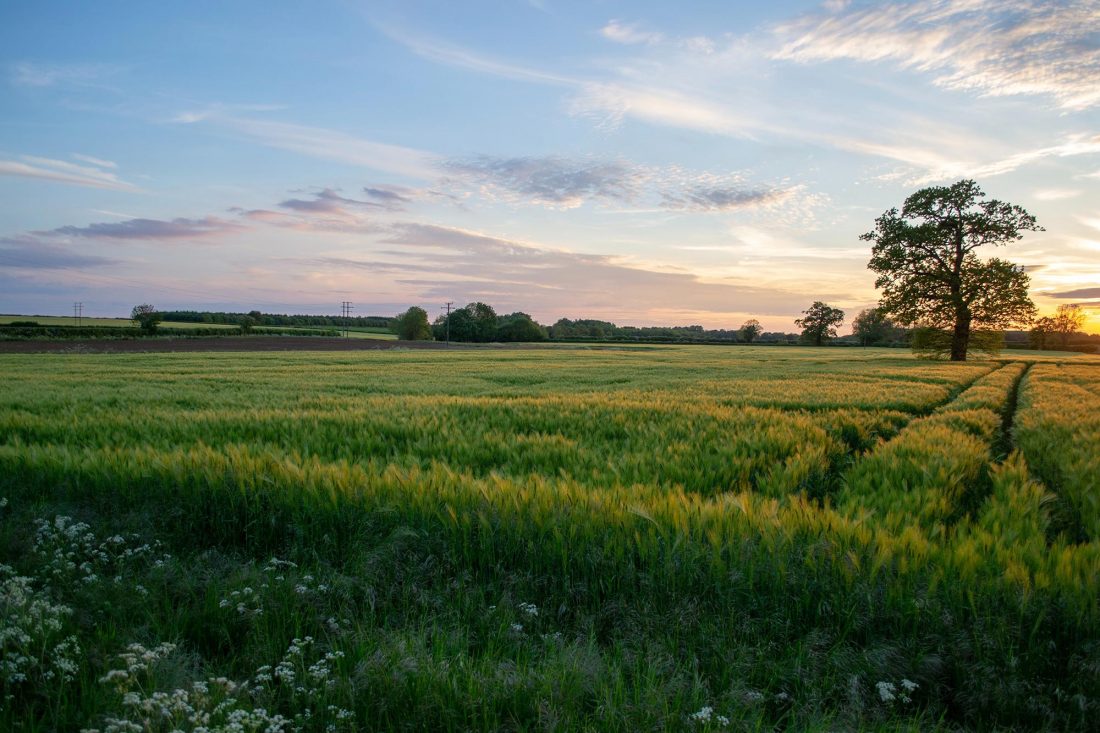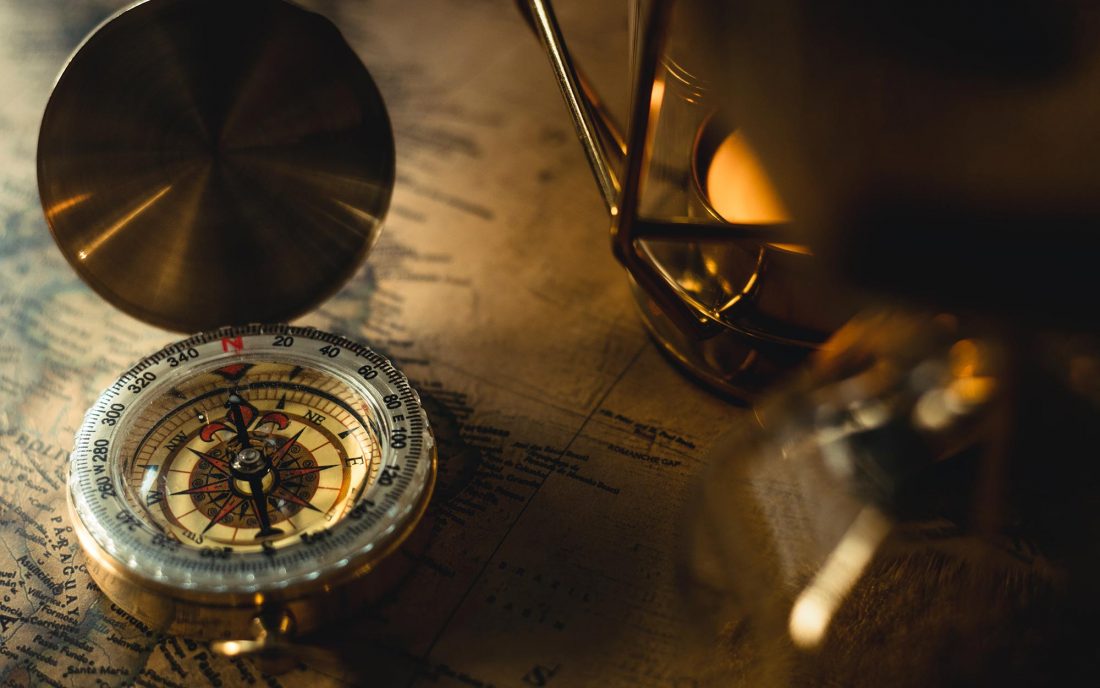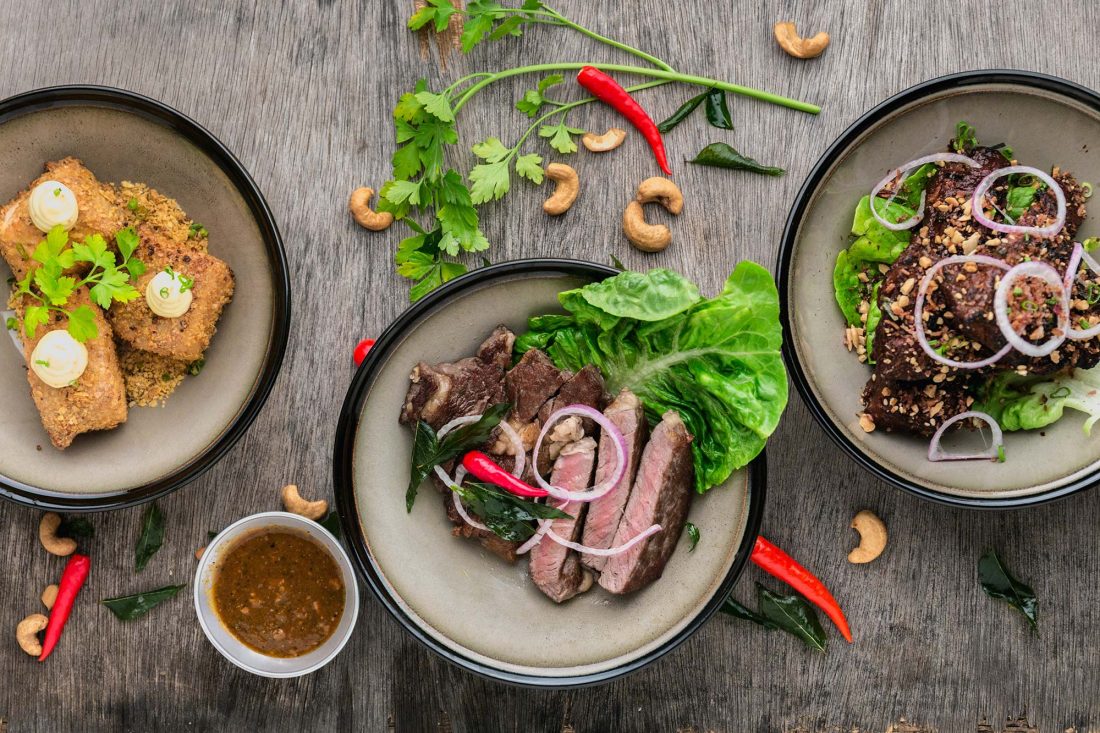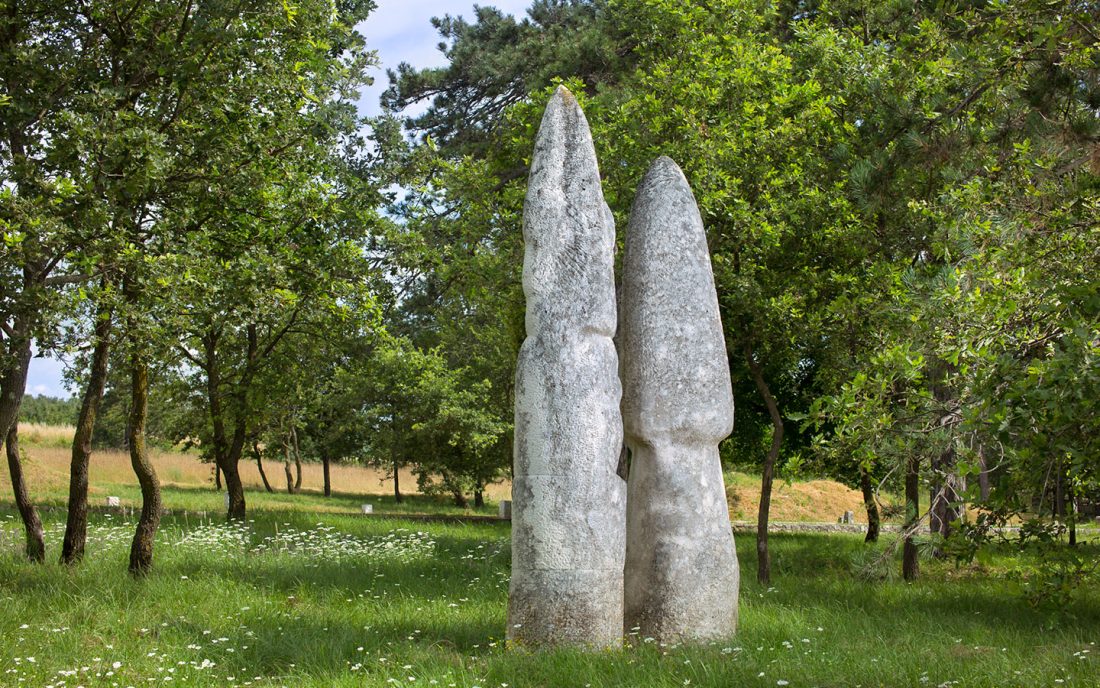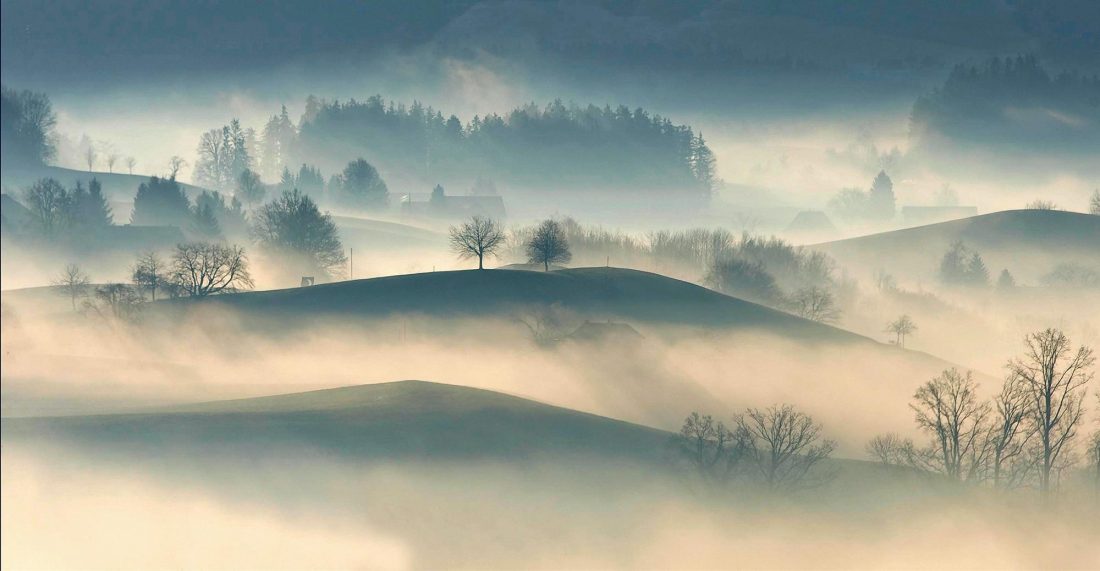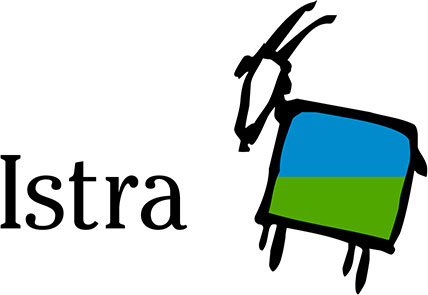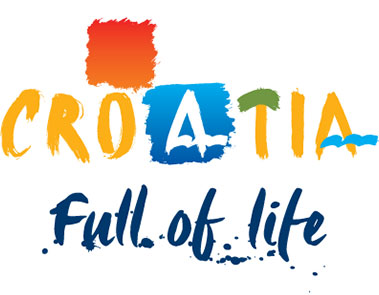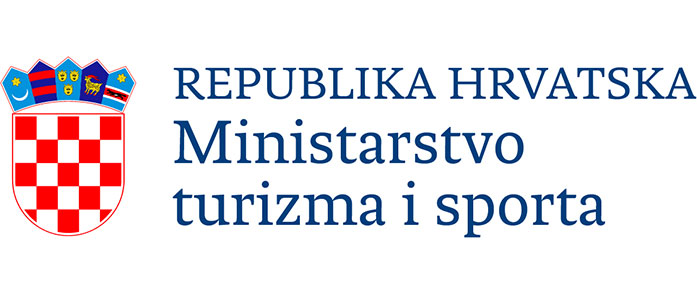History
The history of Istria, and thus of this region, is long and turbulent, which is easily understandable considering the geographical position at the crossroads of forces that were located east and west of Istria, and due to the proximity of the sea and trade interests intertwined with controlling sea routes.
The area of Sveta Nedelja was first inhabited in the Bronze Age, when Illyrian-Celtic tribes built kašteljeri (hillforts) or prehistoric forts on hills. In the 4th century BC the Celts founded Labin (Alvona or Albona) and the nearby Plomin (Flanona), and a few hundred years later, in 177 BC when the Romans came to power in Istria, the river Raša became the border between the territory of the Liburnians (Illyrian tribe) and the Romans. Albona was an important ancient centre of a wider area, and in the 8th century, Charlemagne founded the Friuli marque and separated Labin from Liburnia.
The development of the village in the hinterland of Labin over the Raša canyon is closely connected with the properties of the Aquileian patriarchs, that is, later German nobles in this area. With the strengthening of feudalism, the autonomy of the cities decreased so that the surrounding estates came into the possession of various noble families from Germany during the 9th and 10th centuries. The patriarchs of Aquileia again become the leaders of the Labin area from 1207 to 1420, and in this period Labin develops into a free city. At that time, feudal estates such as the castle in Šumber were developed in the hinterland of Labin.
After 1420 and the fall of Aquileia, Labin and Plomin came under the Venetian administration. The economy of this area was tied to the large feudal estates in the surroundings that were managed by the noble families of Labin, and in the 16th and 17th centuries, the palaces of the old town of Labin and castles with surrounding buildings were built in the hinterland. At that time, new parishes were created in the smaller settlements of present-day Nedešćina, Sveta Nedelja and Sveti Martin.
The real development of this area comes with the beginnings of mining in the 19th century, under French and then Austrian administration. In the area of Sveta Nedelja, a mining shaft is opened in Štrmac, next to which a new, small mining settlement emerges. In the 19th century, the local centre and place for holding fairs and other events, Sveta Nedelja, strengthened and grew, a place that was located next to the medieval Benedictine abbey of the Holy Trinity, whose traces are no longer present. At that time, a large new church was built and formed the centre of the town with a spacious square, and until the 20th century the whole area experienced a revival due to industrial production and mining. However, the huge reduction of mining activities in the 1970s and 1980s also meant the introduction of changes in the way of life of the people of this region, who had to turn to other branches of the economy.
Continue Reading